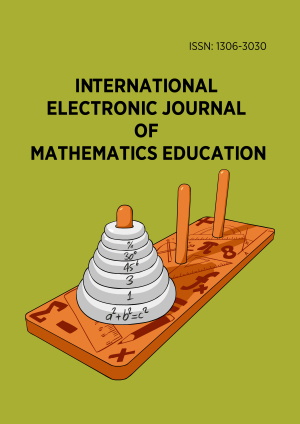Abstract
The purpose of this study is to investigate the impact of graphing calculator on students’ problem solving success in solving linear equation problems and their attitude toward problem solving in mathematics. A quasi-experimental non-equivalent control and treatment group using the pre-test post-test design was employed in this study to test the hypotheses. The sample of the study involved two Form Four classes from one public secondary school in Sarawak, Malaysia. Students in the experimental group received problem solving based instruction using graphing calculator while the control group students underwent the traditional chalk and talk method without the graphing technology. Two instruments were used in this study, namely the Linear Equation Problem Solving Test and the Mathematical Problem Solving Questionnaire. Findings of this study show existence of a significant difference in the mean scores between the two groups; students who used graphing calculator performed better in problem solving tasks compared to students without access to graphing calculator. Furthermore, a questionnaire was used to obtain students’ attitude toward problem solving in mathematics. Results from the survey revealed that students who use graphing calculator have a better attitude toward problem solving in mathematics. This study is pertinent as it investigates a different approach in teaching linear equation through problem solving while integrating the latest graphing calculator technology in the lessons.
License
This is an open access article distributed under the Creative Commons Attribution License which permits unrestricted use, distribution, and reproduction in any medium, provided the original work is properly cited.
Article Type: Research Article
INT ELECT J MATH ED, Volume 13, Issue 3, October 2018, 139-148
https://doi.org/10.12973/iejme/2704
Publication date: 08 Jul 2018
Article Views: 10400
Article Downloads: 6899
Open Access References How to cite this article
 Full Text (PDF)
Full Text (PDF)